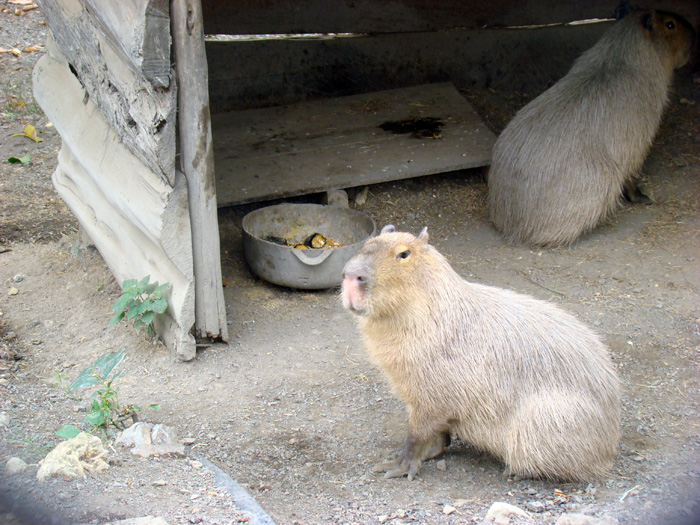Fredy Alexander Colorado, from the department of Biology at Universidad Nacional de Colombia, worked using molecular tools, a technique employed to analyze the population and evolution of species and organisms from DNA information in order to accurately determine the sex of the animals.
Although some people affirm that males can be distinguished easily from the females morphologically, since males are bigger or due to some protuberances in their forehead, this information has been distorted.
From the capybara, (Hidrochoerus hydrochaeris) its skin, meat and fat can be exploited; however, recent studies suggest that for obtaining a sustainable exploitation it is necessary to establish a differential hunting by sex, taking mainly males, since each female hunted represents a potential reproductive reduction of the species.
The hunting of these animals in Colombia is permitted during the first three months of the year, and it is forbidden during the rest of the year since their number diminished dramatically during the 50"s, endangering the population.
Studies
The molecular tools are useful for time optimization, accuracy on results and minimum sampling (blood, hair, etc.). Besides, they are little invasive in the studied populations, and they provide valuable data for the analysis of the populations and their evolution for their conservation.
"For this job, we took blood samples from the capybaras in the zoos, we obtained the DNA and then we used the PCR (polymerase chain reaction) tool of the molecular markers: Amelogenin and the HMG preserved region of the Sry gen, located in the X and Y chromosomes," explained Colorado.
This technique has been used in other biological groups, such as birds, due to an absence of sexual features for some species, which makes it difficult to determine the sex based on the phenotype, a project previously carried out by professor Nubia Matta, who directed the investigation of Fredy Alexander Colorado.
The Ministry of the Environment, Housing and Regional Development is planning to legalize the hunting of this rodent during the whole year; therefore, the objective of the biologist from Universidad Nacional de Colombia is providing a molecular and forensic tool to control sex selective hunting.
 Correo Electrónico
Correo Electrónico
 DNINFOA - SIA
DNINFOA - SIA
 Bibliotecas
Bibliotecas
 Convocatorias
Convocatorias
 Identidad UNAL
Identidad UNAL



